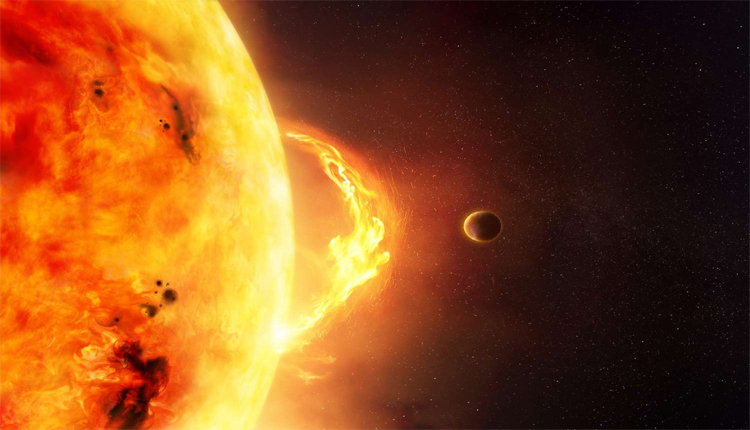New Delhi:The Sun, a blazing sphere of nuclear fusion and the closest star to Earth, is the ultimate source of energy for all life on our planet. Yet, it may surprise many to learn that only a minuscule fraction of the Sun’s total energy output actually reaches Earth — and that’s a good thing.
Known as the solar constant, the amount of solar energy that reaches the Earth’s upper atmosphere is approximately 1361 watts per square metre. While this figure may seem large, it is just a tiny sliver of the Sun’s total energy production. The rest disperses in the vastness of space.
This energy travels 93 million miles — nearly 400 times the distance between Earth and the Moon — before reaching our planet. Despite the Sun being about 100 times larger than Earth, only a small portion of its energy arrives here, in the form of visible light, infrared radiation, and ultraviolet rays.
Once this solar energy reaches Earth:
51% is absorbed by the land, oceans, and atmosphere, powering weather systems, enabling plant growth through photosynthesis, and maintaining the planet’s temperature.
30% is reflected back into space by clouds, ice, and the Earth’s surface.
The remaining energy helps maintain the planet’s energy balance, a critical factor in sustaining life.
But what if Earth were to receive the Sun’s full, unfiltered energy?
Scientists warn that such a scenario would be catastrophic. The planet’s temperature would soar uncontrollably, oceans would begin to boil, and the atmosphere would become saturated with moisture. Eventually, the atmosphere itself could evaporate into space, destabilising Earth’s orbit and making life impossible.
This is why Earth’s position in the “Goldilocks Zone”—not too close, not too far from the sun — is vital. It ensures that the planet receives just the right amount of solar energy to support life. The Sun’s surface temperature is around 10,000°F, while its core burns at a staggering 27 million°F. If Earth were even slightly closer, these extreme temperatures would render the planet uninhabitable.
The Sun’s energy is not just a source of light and warmth — it is the foundation of life. From driving the water cycle to enabling agriculture and influencing climate, its controlled presence is essential. Any disruption in this delicate balance, whether natural or human-induced, could have far-reaching consequences for all living beings.



Comments are closed.